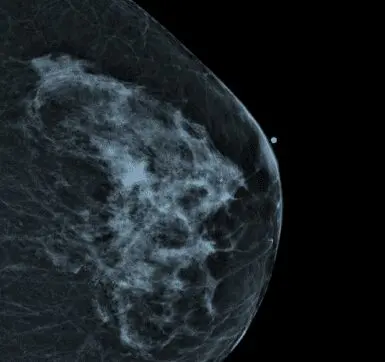Digital Mammography
Breast tomosynthesis is a new form of digital X-ray mammogram. It creates 2D and 3D pictures of the breast. This mammography tool is particularly beneficial because it helps detect early breast cancers. In addition, it reduces the need for women to return to clinics, hospitals, and laboratories for additional tests that aren’t cancer-related.
Radiologists must be familiar with breast tomosynthesis because they’re required to know how to use medical imaging techniques like X-rays, computed tomography, magnetic resonance imaging, and positron emission tomography. In addition, organizations like ASRT and ARRT require radiologic technologists undergoing training to be familiar with them.
Most radiological technologists are familiar with conventional mammography, which is read and stored on film. However, digital mammography is different, requiring additional education and experience. Women with dense breasts who are pre-menopausal or perimenopausal can benefit from digital mammograms because subtle tissue differences are easier to find. In addition, digital mammography is also more commonly used because it can detect 28 percent more cancers than film mammography in women over 50. Digital mammography is also better than film mammography because it provides easier image access and transmission and has a lower average radiation dose than film mammography.
If you’re looking to obtain continuing education units to help you become a trained radiological technologist, consider Radiological Services LLC. Radiological Services LLC offers breast tomosynthesis and digital mammography courses online. In addition, we also offer three free credits when you register an account with us, allowing you to continue your radiological technologist education at a lower price.




